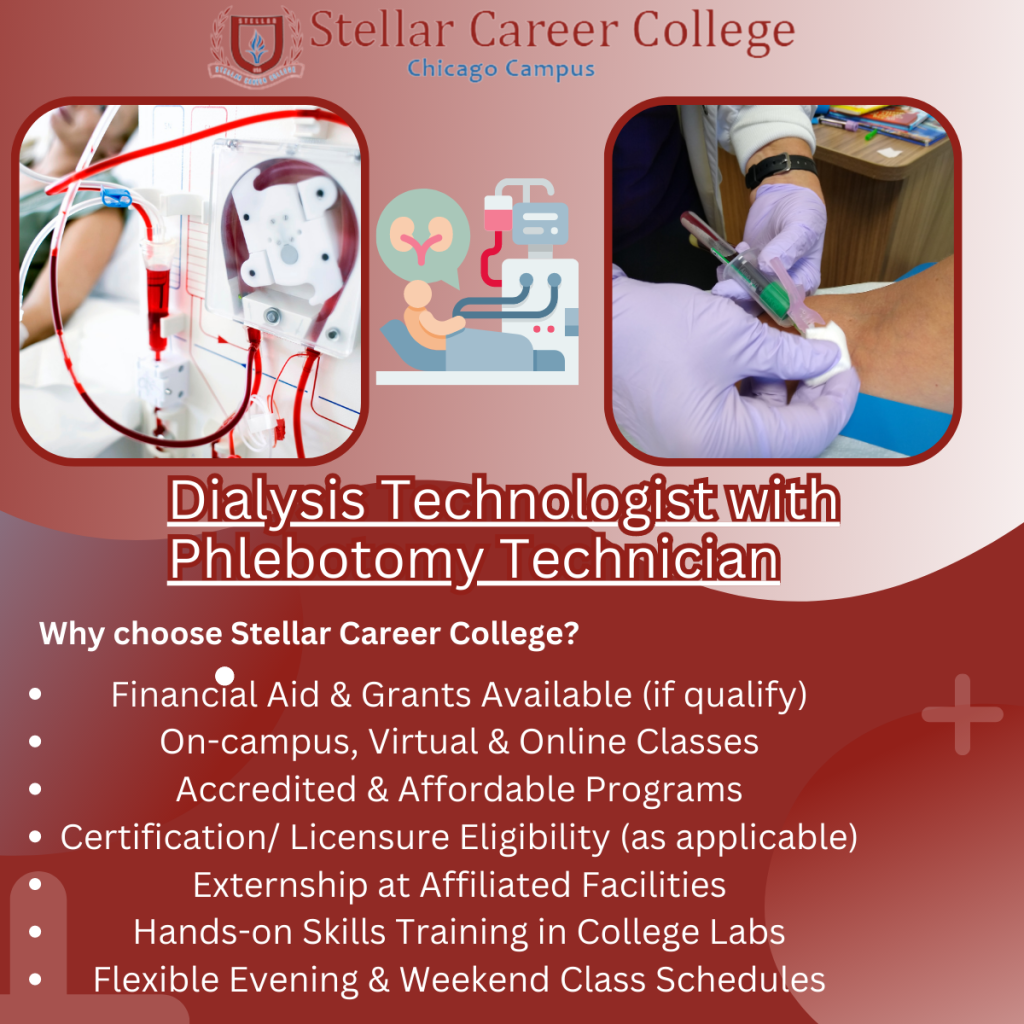All about Northeast Medical Institute - New Haven Campus Phlebotomy Course & Cna Class
All about Northeast Medical Institute - New Haven Campus Phlebotomy Course & Cna Class
Blog Article
The Ultimate Guide To Northeast Medical Institute - New Haven Campus Phlebotomy Course & Cna Class
Table of ContentsThe Northeast Medical Institute - New Haven Campus Phlebotomy Course & Cna Class StatementsIndicators on Northeast Medical Institute - New Haven Campus Phlebotomy Course & Cna Class You Need To KnowNot known Factual Statements About Northeast Medical Institute - New Haven Campus Phlebotomy Course & Cna Class Some Of Northeast Medical Institute - New Haven Campus Phlebotomy Course & Cna ClassThe Main Principles Of Northeast Medical Institute - New Haven Campus Phlebotomy Course & Cna Class Northeast Medical Institute - New Haven Campus Phlebotomy Course & Cna Class - The Facts
The usage of such tools should be come with by other infection avoidance and control practices, and training in their use.For settings with reduced sources, price is a motoring factor in purchase of safety-engineered tools. Where safety-engineered gadgets are not offered, knowledgeable usage of a needle and syringe is appropriate.
In the blood-sampling space for an outpatient department or clinic, provide a comfortable reclining sofa with an arm remainder.
Some Known Facts About Northeast Medical Institute - New Haven Campus Phlebotomy Course & Cna Class.
Ensure that the indications for blood sampling are clearly specified, either in a composed protocol or in documented guidelines (e.g. in a laboratory form). Accumulate all the tools needed for the treatment and place it within secure and easy reach on a tray or cart, guaranteeing that all the products are plainly visible.
Introduce yourself to the person, and ask the person to mention their complete name. Check that the research laboratory form matches the client's identification (i.e. match the person's details with the laboratory form, to make sure precise recognition).
Make the person comfy in a supine setting (if feasible). Location a tidy paper or towel under the person's arm. Discuss the examination to be executed (see Annex F) and acquire verbal consent. The person has a right to refuse an examination at any time before the blood sampling, so it is very important to ensure that the individual has actually comprehended the treatment.
The 10-Second Trick For Northeast Medical Institute - New Haven Campus Phlebotomy Course & Cna Class
Expand the patient's arm and check the antecubital fossa or lower arm. Situate a vein of a great size that is visible, straight and clear. The diagram in Section 2.3, reveals usual placements of the vessels, yet lots of variations are possible. The typical cubital capillary exists between muscular tissues and is typically one of the most easy to penetrate.
DO NOT put the needle where capillaries are drawing away, since this enhances the opportunity of a haematoma. The capillary should show up without using the tourniquet. Locating the blood vessel will help in figuring out the appropriate dimension of needle. Apply the tourniquet about 45 finger sizes over the venepuncture website and re-examine the capillary.
Specimens from main lines lug a risk of contamination or erroneous lab examination outcomes. It is appropriate, however not suitable, to draw blood samplings when initial introducing an in-dwelling venous tool, prior to linking the cannula to the intravenous fluids.
Our Northeast Medical Institute - New Haven Campus Phlebotomy Course & Cna Class PDFs
Enable the location to completely dry. Failure to enable adequate call time increases the threat of contamination. DO NOT touch the cleansed site; in particular, DO NOT place a finger over the blood vessel to assist the shaft of the subjected needle. It the website is touched, repeat the sanitation. Perform venepuncture as complies with.
Ask the patient to create a fist so the blood vessels are a lot more prominent. Enter the blood vessel quickly at a 30 level angle or much less, and proceed to present the needle along the vein at the most convenient angle of entry - Phlebotomy Training. When adequate blood has actually been accumulated, release the tourniquet BEFORE withdrawing the needle
The Only Guide to Northeast Medical Institute - New Haven Campus Phlebotomy Course & Cna Class
Take out the needle carefully and use gentle stress to the site with a tidy gauze or dry cotton-wool sphere. Ask the client to hold the gauze or cotton wool in position, with the arm expanded and increased. Ask the person NOT to bend the arm, since doing so causes a haematoma.

Some Of Northeast Medical Institute - New Haven Campus Phlebotomy Course & Cna Class
Do not press the syringe plunger due to the fact that extra stress enhances the danger of haemolysis. Where possible, keep televisions in a shelf and move the rack in the direction of you. Infuse downwards right into the appropriate coloured stopper. DO NOT eliminate the stopper since it will release the vacuum. If the example tube does not have a rubber stopper, infuse incredibly slowly right into the tube as reducing the stress and velocity made use of to move the sampling decreases the risk of haemolysis.

Report this page